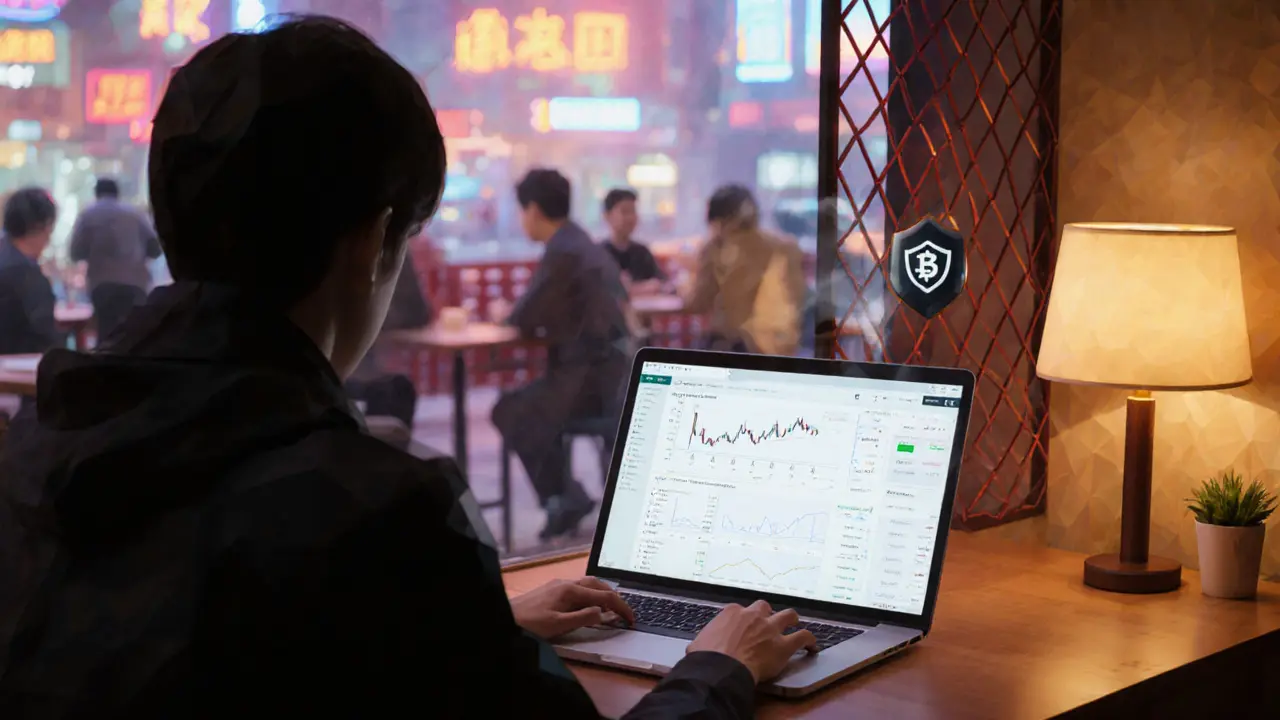China Cryptocurrency Ban: What It Means for Traders and Markets
When dealing with China cryptocurrency ban, the sweeping 2024 crackdown that prohibits crypto trading, mining, and related services inside mainland China. Also known as Chinese crypto crackdown, it forces investors and platforms to rethink how they access digital assets.
The ban falls under a broader wave of cryptocurrency regulation, government policies that set legal boundaries for crypto activities, ranging from licensing requirements to outright prohibitions. Countries like Japan and Vietnam have introduced their own rules, creating a patchwork of compliance challenges. This regulatory surge means anyone operating in the space must map local laws before launching services.
One immediate ripple is on global crypto adoption, the rate at which users worldwide start using digital currencies for payments, investment, or development. When China, home to millions of crypto users, closes its doors, adoption curves in other regions tend to tilt upward as traders seek new hubs. That shift has already boosted activity on exchanges in Southeast Asia and Europe.
At the same time, the European Union’s plan to ban privacy‑focused coins like Monero and Zcash by 2027 adds another layer to the compliance puzzle. privacy‑coin bans, legislative moves that restrict anonymous crypto assets to curb illicit finance, echo China’s intent to control capital flows. Together, these actions create a global environment where transparency is increasingly mandated.
For traders, the key question is how to stay active without breaking the rules. The answer lies in robust exchange compliance, the set of processes and tools exchanges use to meet regional legal standards, from KYC/AML checks to transaction monitoring. Platforms that quickly integrate compliance modules can keep their user base intact, while those that lag risk being shut out of lucrative markets.
Practical steps include: using multi‑exchange watchlists to diversify exposure, employing screeners that flag assets restricted in specific jurisdictions, and leveraging on‑chain analytics to track sudden flow changes after regulatory announcements. Market Pulse 11 offers real‑time charts and macro signals that highlight when a ban is likely to affect price movements, helping you act before the market reacts.
The China cryptocurrency ban also reshapes token economics. Coins heavily mined or traded in China, such as Bitcoin and certain BRC‑20 tokens, may see hash‑rate drops or volume squeezes. Conversely, projects with strong community support outside China can capture the orphaned liquidity. Understanding these dynamics lets you allocate capital where the growth potential remains.
Finally, keep an eye on policy trends beyond China. When governments announce tax proposals, like Vietnam’s 0.1% crypto transaction tax, or introduce licensing frameworks, they set precedents that other regulators may follow. Staying informed through curated news feeds and expert analysis ensures you’re not caught off guard.
Below you’ll find a curated set of articles that break down each of these angles in detail— from exchange reviews and regulatory deep‑dives to adoption rankings and token‑specific guides. Dive in to see how the market is adjusting and what tools you can use to stay ahead.

Explore the legal risks of using VPNs to access cryptocurrency platforms in China, covering regulatory bans, penalties, and practical precautions.
- Read More
